Key West Old Town
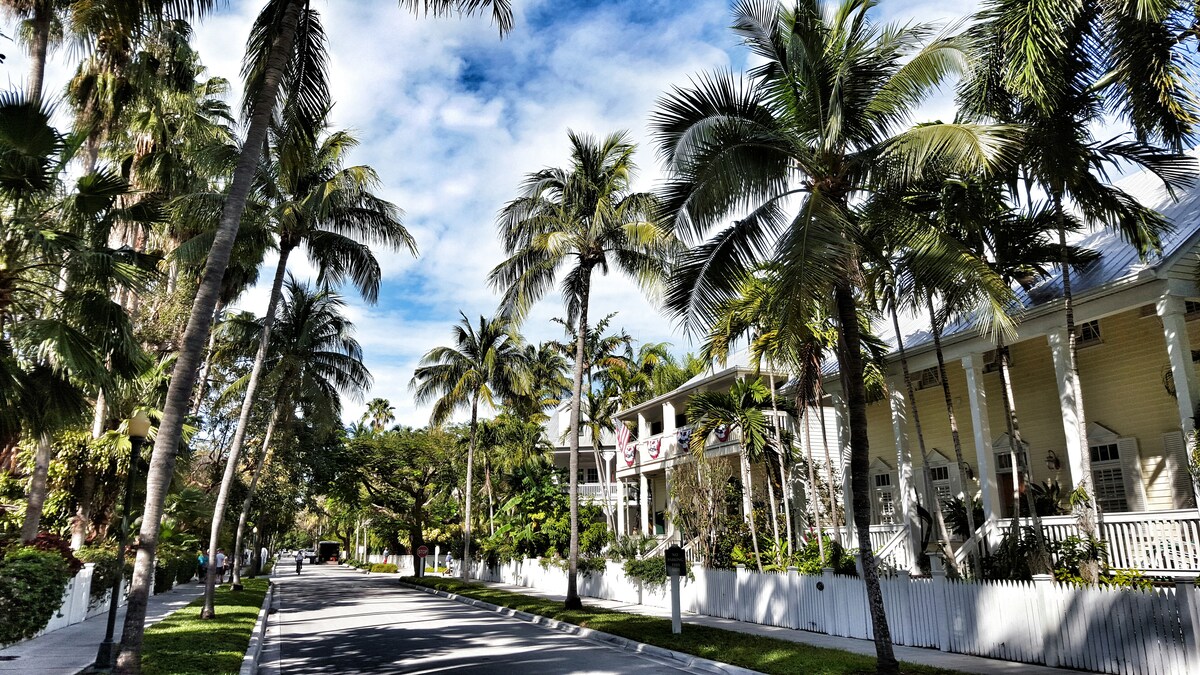
The historical district of a town that developed on a tropical island in the late 19th – early 20th century.
Biscayne Boulevard Historic District
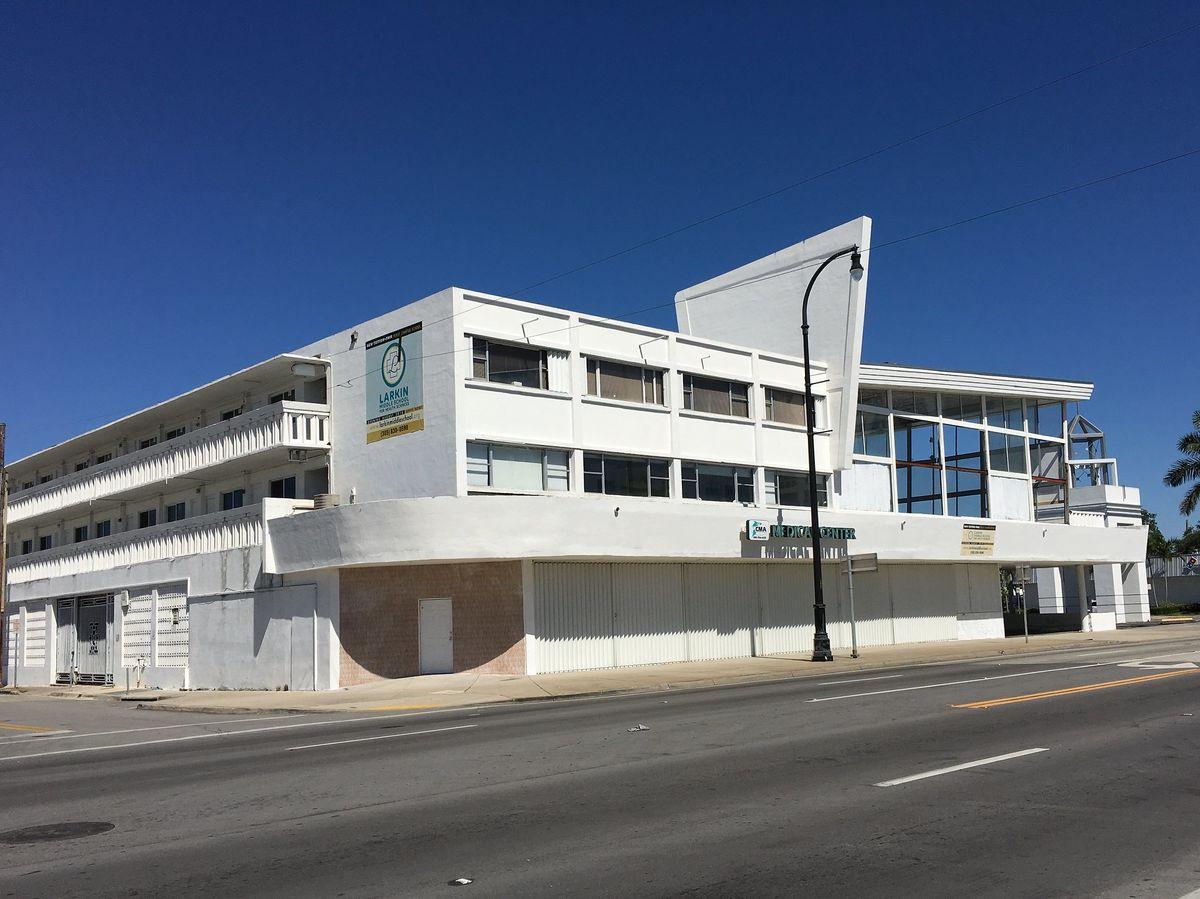
Showcase of Miami Modernist Architecture style, contains numerous significant buildings of this style built in the 1950ies – 1960ies.
Miami Circle
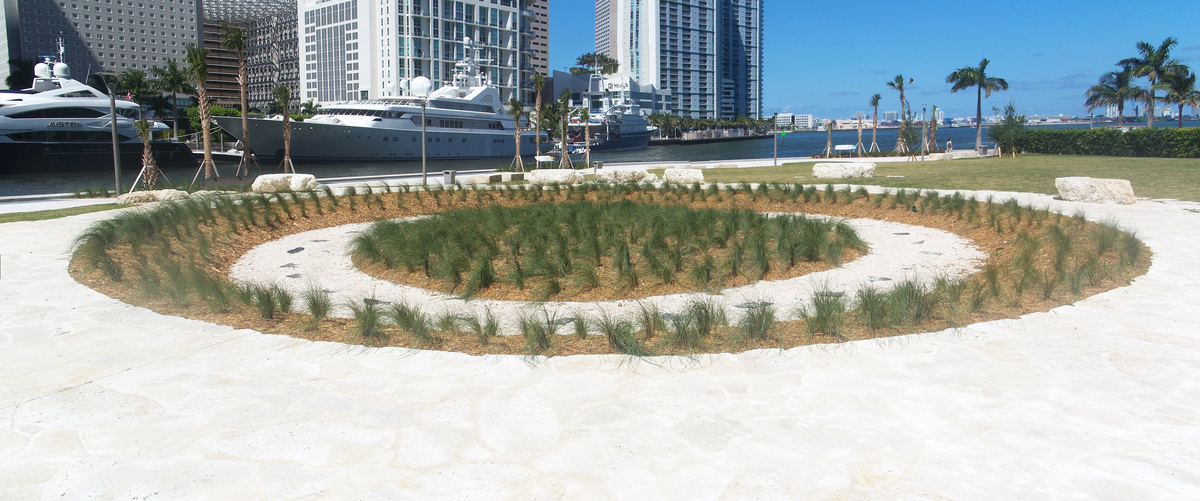
A circle formed by 24 postholes, made sometimes around 0 – 300 AD. Diameter of this perfect circle is 11.5 m. Postholes are cut in limestone bedrock – a unique feature of Pre-Columbian structures in Florida. Most likely these are remnants of structure built by Tequesta culture and are located in their ancient capital.
Horr’s Island archaeological site
One of the oldest settlements and mound burials in this part of the United States. Permanently occupied sometimes around 8000 – 1000 BC, when it was the largest settlement in the area of the south-eastern United States. In one mound the burials were made approximately at 3,400 BC.
Arcosanti
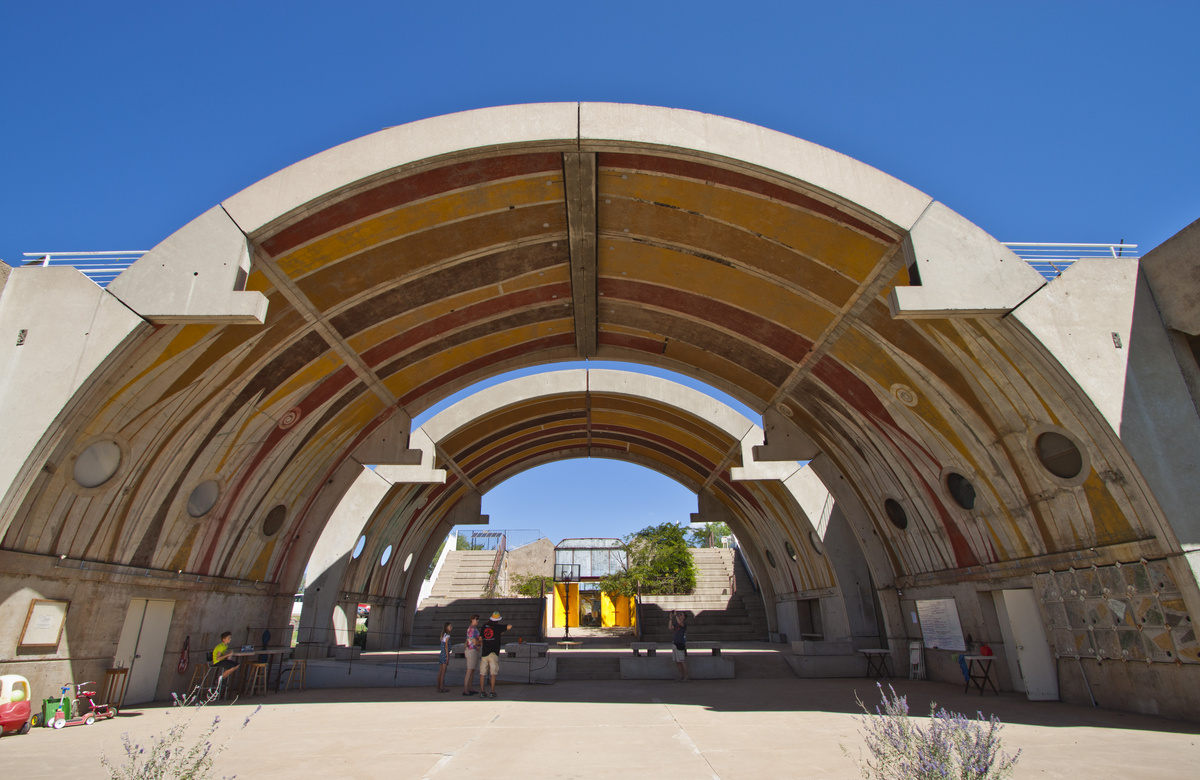
An experimental town that was built according to the principles of arcology – a fusion of architecture and ecology. Construction of the unusual arched constructions started in 1970, now works have slowed down.
Tonto Upper Cliff Dwelling
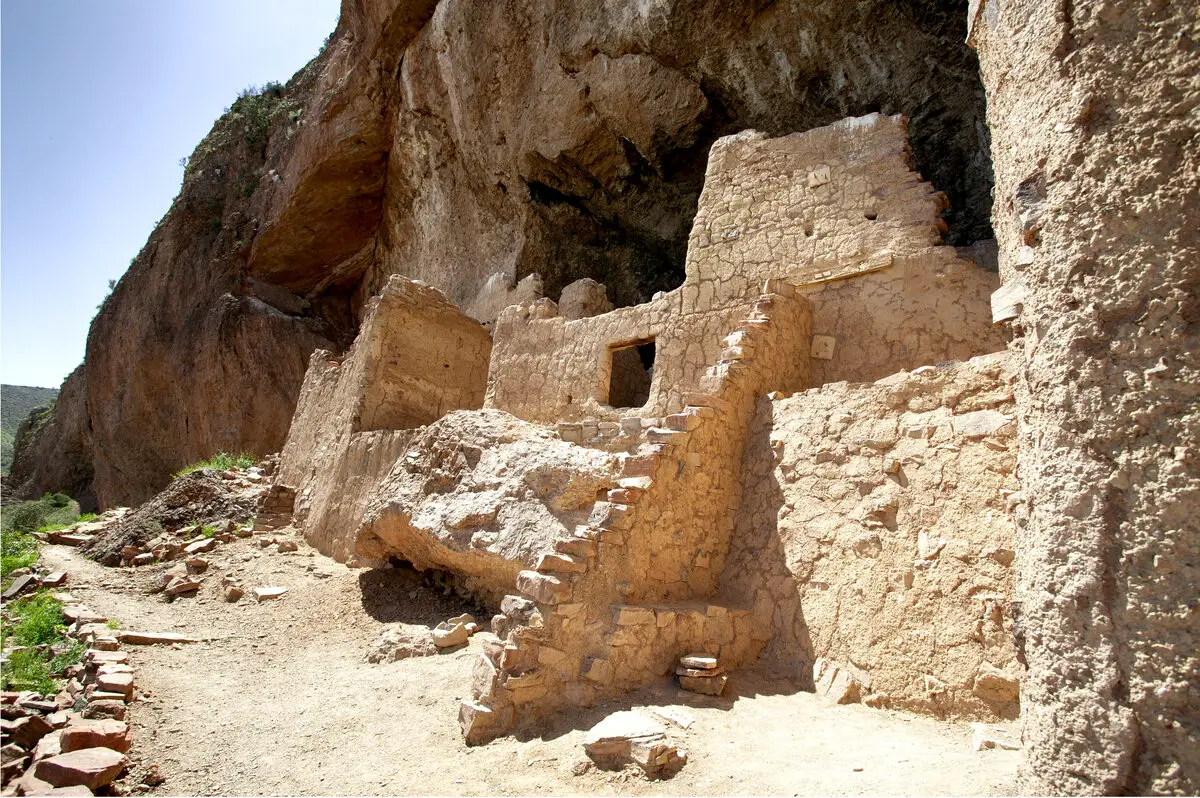
The largest ancient cliff dwelling in Tonto National Monument. An ancient structure with some 40 rooms in a natural alcove. It was developed and inhabited by Salado culture around 1300 – 1350 AD.
Oraibi
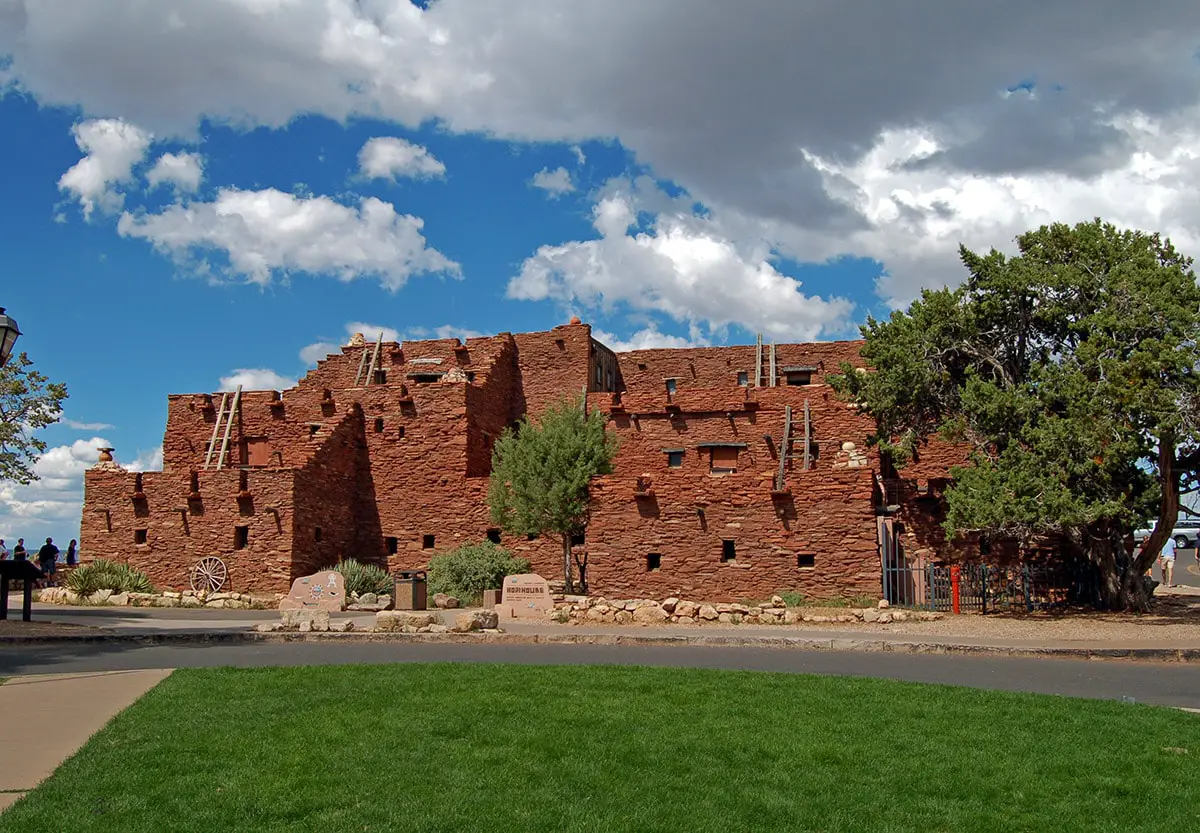
One of the oldest continuously inhabited settlements within the United States. Founded before 1100 AD. Stronghold of Hopi culture and traditions, with traditional architecture.
Pueblo Grande Ruins
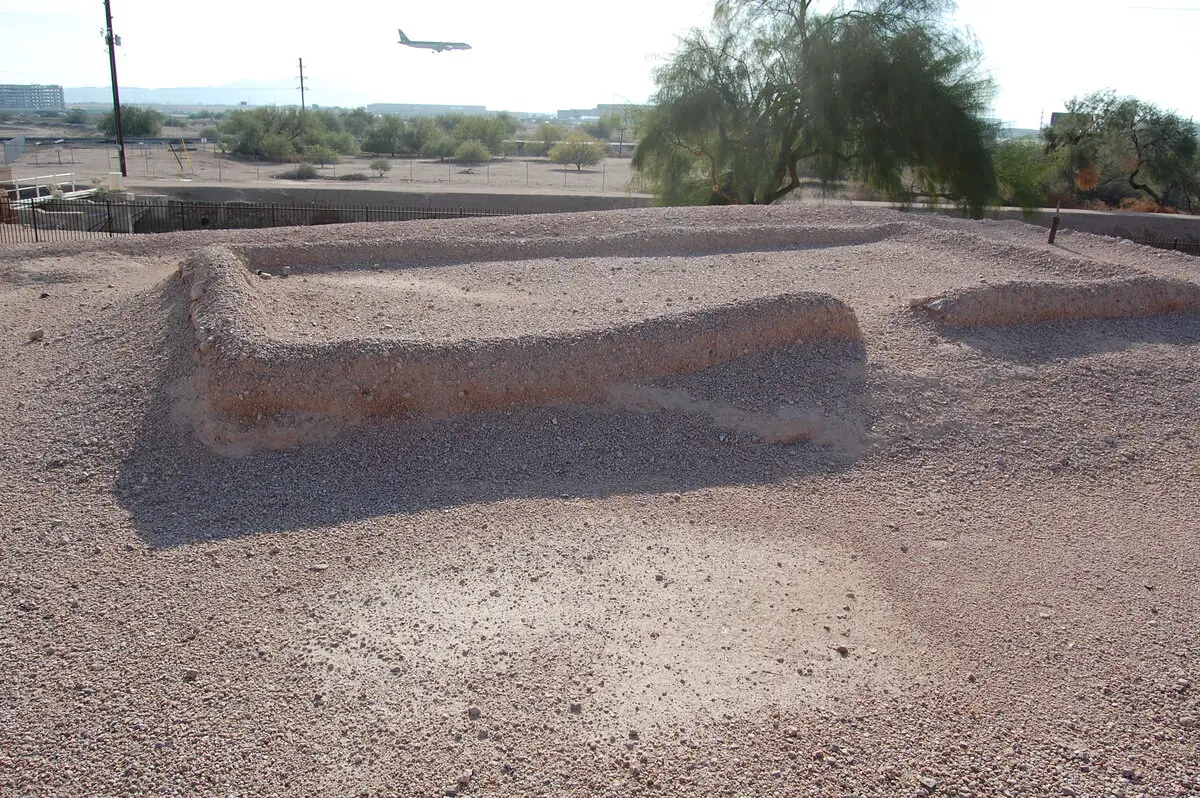
Remnants of an ancient settlement that was inhabited in 450 – 1450 AD. Represents a large platform, where earlier stood many houses, three ball courts.
Kinishba Ruins
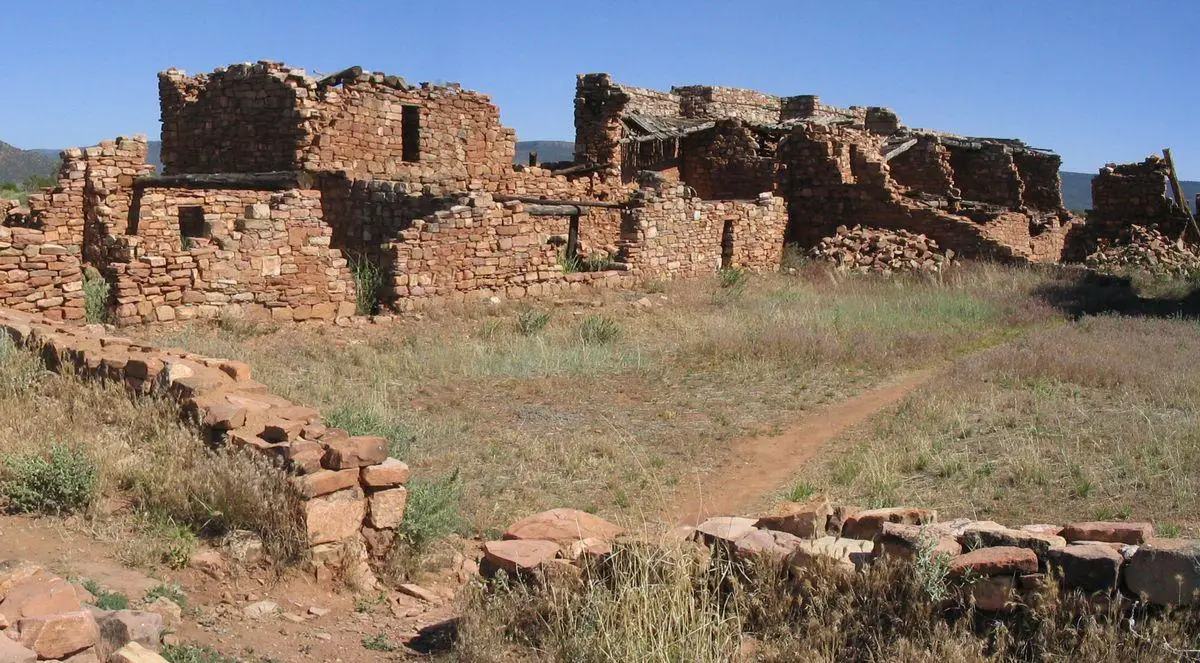
Remnants of an enormous pueblo, where the great house had some 600 rooms. Constructed in the 1100 – 1300s, housed up to 1500 people.
Casa Malpais
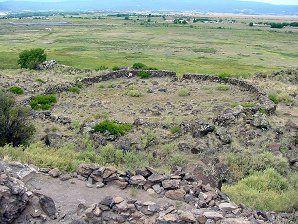
Abandoned Mogollan settlement with many interesting monuments. It was inhabited around 1260 – 1400 AD and contains Great Kiva and Solar Calendar – stone enclosure with an opening toward the north and two more that show the winter and summer solstice as well as equinoxes. Nearby are petroglyphs whose symbolics seem to be linked to Solar Calendar.
